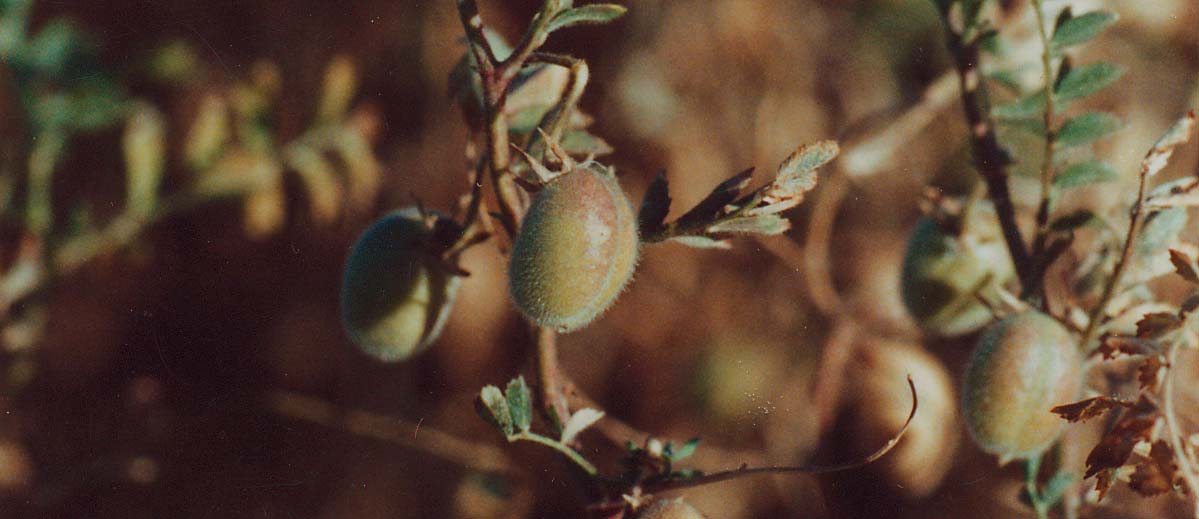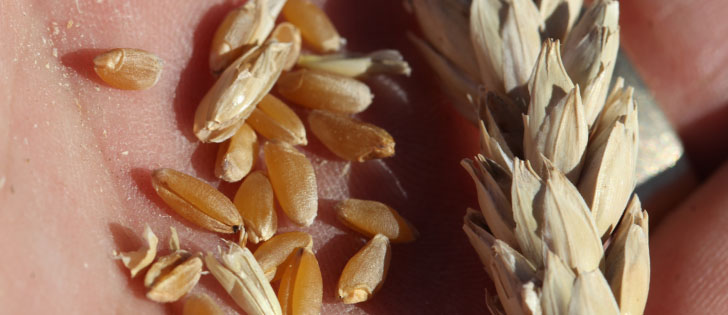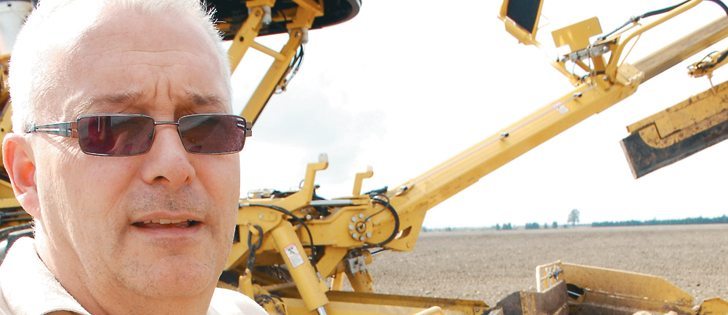A Canadian Wheat Board computer model that estimates the risk of fusarium head blight performed well during its debut last year, says CWB agronomist Mike Grenier.
However, more data and evaluation are required to prove that it can predict the risk of fusarium outside of Manitoba’s Red River Valley.
The board launched the fusarium risk forecast tool last year as part of its Weatherfarm service, a network of 800 weather stations on farms and other properties across Western Canada.
Grenier said the model, which is the same as a fusarium forecast model used in the United States, proved last year that it could be trusted to assess fusarium risk.
Read Also

Canadian Food Inspection Agency extends chronic wasting disease control program consultation deadline
Date extended for consultation period of changes to CWD program
Predicted risk levels matched up well with observed levels of fusarium from the wheat board’s on-farm grain samples.
Grenier was confident the model would function in the Red River Valley, a region with a history of fusarium infections.
However, he wants to see how it performs in a dry year in other parts of the Prairies before he passes judgment on the model.
“I would like to have more opportunity (for it to) predict the low risk,” Grenier told a fusarium workshop at the University of Manitoba last month.
Producers can use the Weatherfarm website to assess the fusarium risk of their crop by checking data from a weather station near their farm.
He said the model evaluates relative humidity and temperature data to assess the fusarium risk at a particular location. Temperature and relatively humidity are converted into a number between zero and 100, with 100 representing the highest disease risk.
Producers can use the number assigned to their field to decide whether to apply fungicide and to determine the optimal time to spray.
He didn’t know how many prairie farmers used the forecasting tool last year, but “growers, particularly in Saskatchewan, that were looking at it found (the model) very helpful.”
However, he warned farmers not to rely solely on the tool to evaluate the risk of fusarium in their wheat crops.
Manitoba producers have dealt with the disease for years, but Saskatchewan growers don’t have the same experience.
As a result, Saskatchewan producers need to know if fusarium inoculums are present in their region and at what concentration.
Grenier said the Canadian Grain Commission website is a good place to find that information.
The commission conducts annual fusarium surveys and publishes maps showing how F. graminearum, the fungus that causes the disease, is distributed across Western Canada in a particular year.















